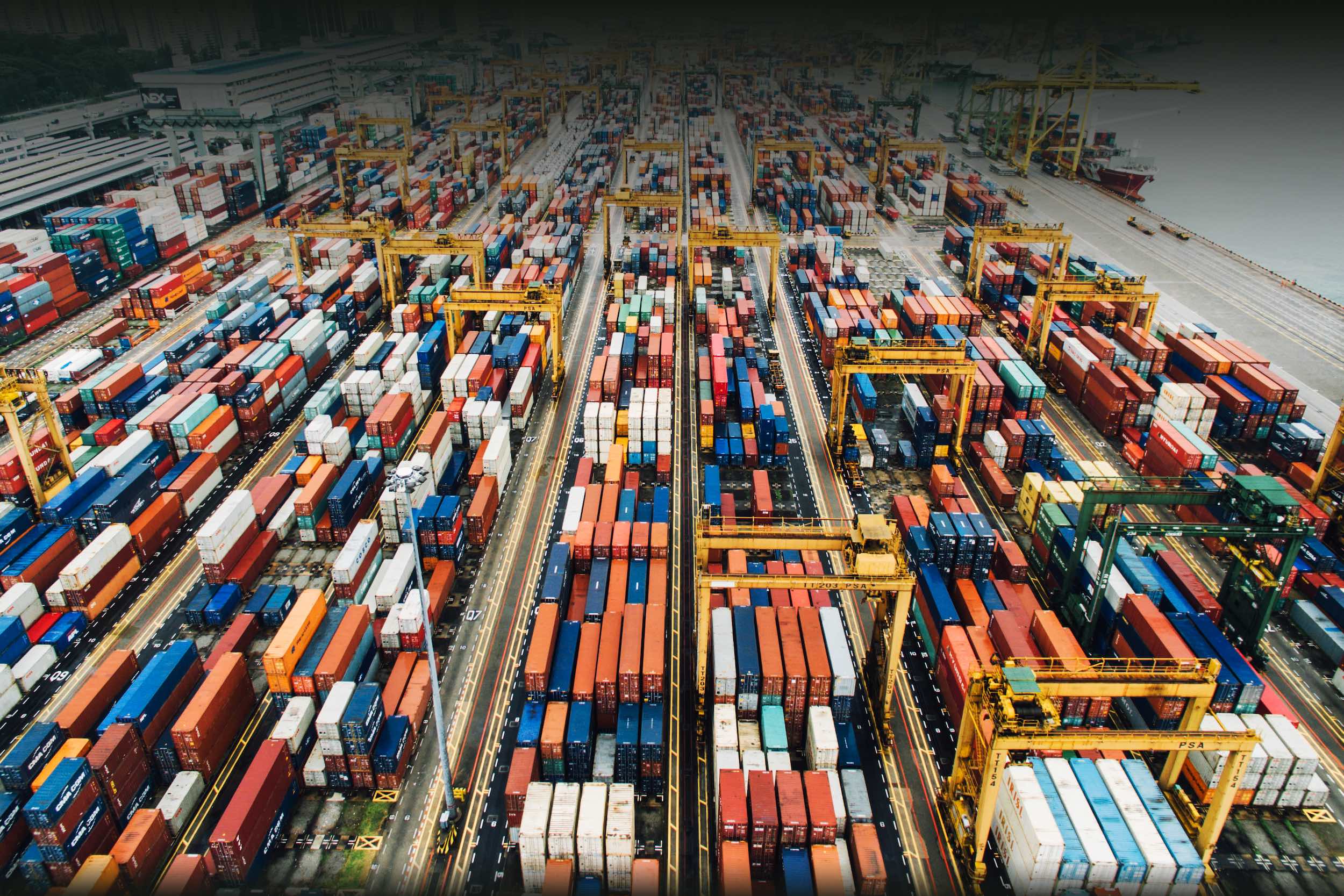Our supply chain issues won’t be going away in 2022. Get ready for a change in the global reliance on a just-in-time supply chain.
– The Drive for Efficiency and Profit –
We live in a golden age for the free market system as mega-corporations have become super powerful and profitable. Many executives get paid a great deal of money to squeeze any ounce of extra profit from up and down the corporate food chain. That has been often good for consumers when it led to reduced costs for household goods.
But the virtues or faults of this drive toward hyper-efficiency have rarely been more clear than in the current disaster that has unfolded in our supply chain since the pandemic began.
Decades of reliance on a just-in-time supply chain have improved efficiency and corporate profits, but have relied heavily on eliminating redundancy and extra capacity. Redundancy and extra capacity are bad for corporate profits, but good for reliability.
The lack of redundancy in manufacturing and supply around the globe has meant that “economies of scale” allow large producers to get supplies at greatly reduced prices and hone every part of their process to be as efficient and cost-effective as possible, including labor.
Socks for Instance…
Today some goods are only produced in one part of the world. You may not be aware that in the U.S. there are only a handful of small sock makers. If we were forced to only wear U.S. sourced and manufactured socks, many of us could not buy a new pair of socks for years… darning socks would absolutely become a thing again.
Datang, a city in China, is known as “Socks City”. It produces one-third of the world’s socks or approximately 22 billion pairs a year. Everything in Datang is geared around making sock manufacturing cheap and efficient. This has made it nearly impossible for smaller manufacturers to compete, therefore the world relies on Datang for socks.
It’s All Great, Till There’s a Pandemic
Just like links in a chain, the just-in-time supply chain relies on each link being as strong and predictable as the link it’s connected to. Just enough socks are made for seasonal demand. Just enough socks are delivered to keep stores stocked till the next shipment is scheduled.
But one broken link in the just-in-time “chain” means the whole system collapses. No Datang, no socks for the football team this year.
Problems Were Mounting Even Before the Pandemic
The growth of e-commerce was creating upheaval long before Covid. Formerly, manufacturers would ship products from factories to central warehouses. Those warehouses could then supply retail stores. E-commerce upends that process by demanding that retailers deliver directly to individual consumers. Retailers like Amazon are building new warehousing facilities at breakneck speed, but not fast enough to relieve the congestion at ports.
E-commerce has actually made the whole supply chain less efficient. Amazon needs to build more warehouses and buy more trucks and hire more drivers in order for people to get groceries to their doorstep. More packaging is required, more warehouse workers must be employed…
Inflation
Why are we surprised to see inflation? We have discovered some weak links in our supply chain and now we know that efficiency over reliability is a gamble that can only work for so long.
It looks like our current supply chain problems won’t be solved once the pandemic is under control. The pandemic just accelerated a process that brought to light problems that have been brewing for decades.


Recent Comments